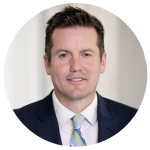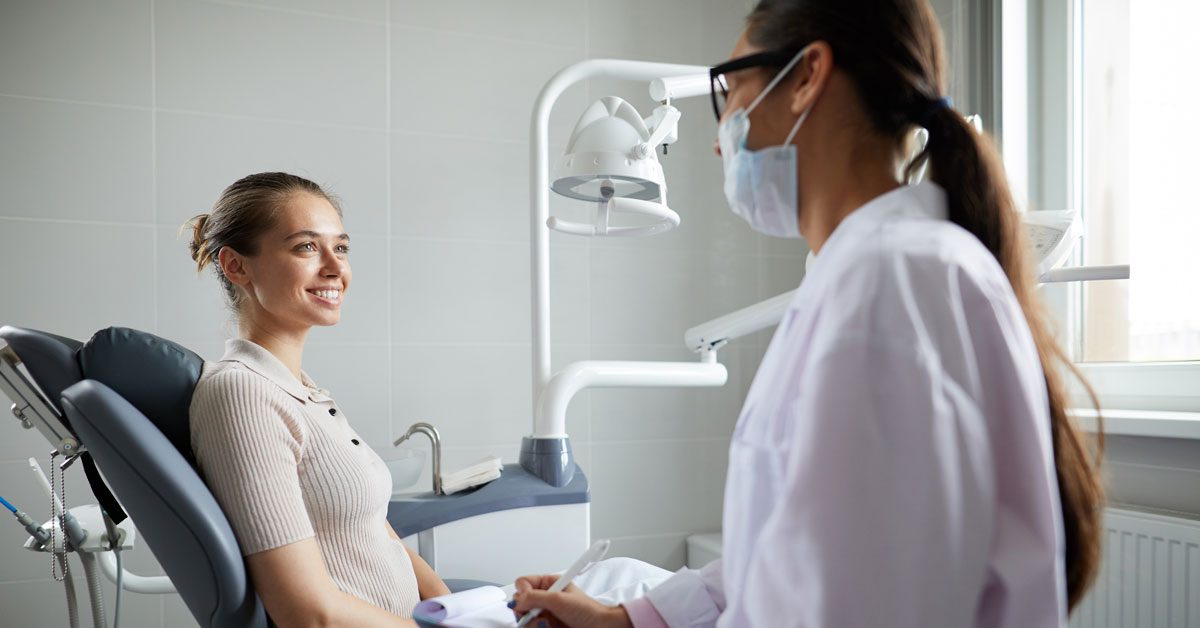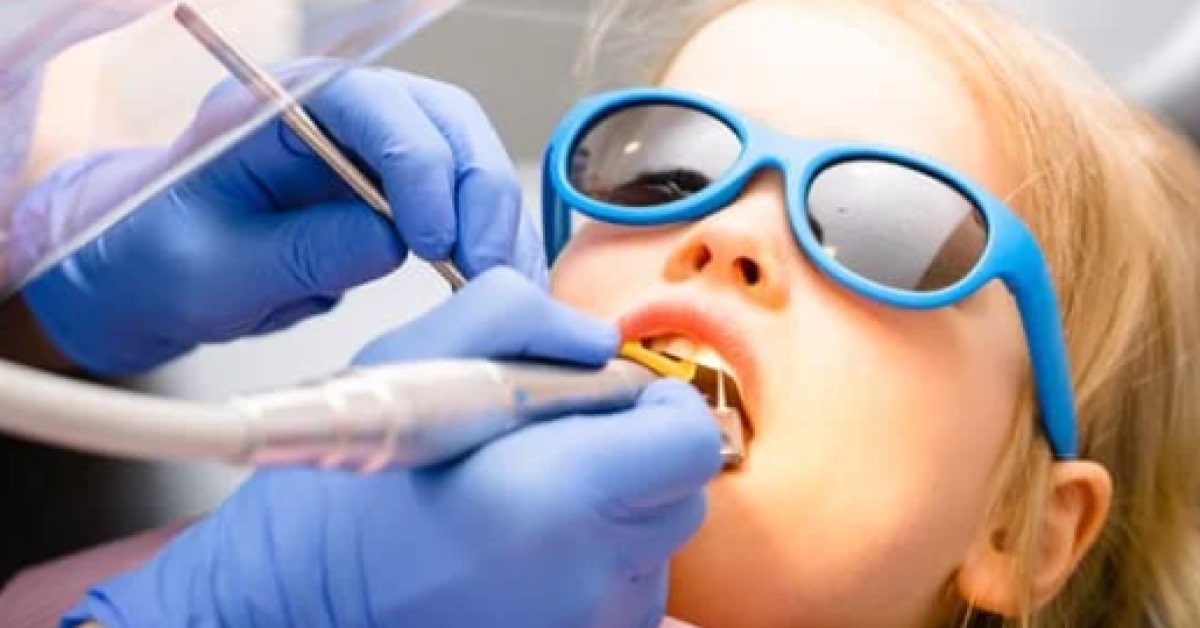Blog
February 10, 2020 • 5 min readA Guideline to Dentistry’s Role in Sleep Medicine
Dentists are the only healthcare providers who can provide oral appliance therapy for sleep disorders.
Author

Joe Magness, DDS
Devdent CEO

In this Article
“Dentists are the only health care provider with the knowledge and expertise to provide oral appliance therapy.” A definitive statement from the American Dental Association policy on dentistry’s role in sleep health. Not only are dentists an important piece of the sleep health puzzle, but they are also the only provider able to treat sleep disorders with oral appliances. While that policy was announced in 2017, the dental industry still has a long way to go to fully assume that role.
Why is Dental Sleep Medicine so Important?
The link between oral health and sleep health is undeniable. This puts dentists on the front line of noticing signs or symptoms of sleep disorders. The most problematic are sleep-related breathing disorders (SRBDs) including obstructive sleep apnea and snoring. Sleep apnea alone is linked to problems ranging from high blood pressure and cardiovascular issues to Type 2 Diabetes. It can also lead to metabolic syndrome, liver problems, and relationship problems with sleep-deprived partners. Healthy brain development and function rely on a good night’s sleep, so SRBDs are also associated with dementia and Alzheimer’s. Or, in the case of children with untreated sleep apnea, the brain effects can appear as learning and behavioral problems.
With sleep quality having the ability to negatively impact the rest of the body’s health and the simple fact that dentists are typically the first healthcare provider to screen for SRBDs, dental sleep medicine should be a significant part of every dental practice. This sets the foundation of dentistry’s role in sleep health.
What Exactly is the Role of Dentists in Sleep Medicine?
While dentists are an invaluable part of the process, it is not 100% on dentists to screen, diagnose, and treat sleep disorders. The ADA policy outlines the role that dentists play in sleep medicine as:
Screening and Assessment
This is the most important role that dentists can fill for their patients. On the most basic level, every patient is screened for signs and symptoms of sleep disorders. The dentist must evaluate a patient’s risk to determine if further tests or diagnosis is necessary. If not, monitor the patient on follow up visits in case that changes over time. Tools like Imagn Sleep help to make the screening process quick and simple.
Referral to Appropriate Physicians
After risk assessment or prevalent sleep disorder symptoms, the next step is a referral for further testing and diagnosis. In most states, dentists can provide a home sleep test that is taken in the patient’s own bed. Then a Board Certified Sleep Specialist interprets the test and determines the diagnosis.
Treatment through Oral Appliance Therapy (OAT)
Working together with the sleep specialist and their diagnosis, dentists have the knowledge and expertise to determine if and what oral appliance therapy would work best for the patient. This is the biggest role because of the work that goes into choosing which oral appliance therapy to use, getting it custom-fitted, adjusting it, and monitoring effectiveness and side effects. With some oral appliances the process can be complicated, that is why we suggest the RiPPLE because of its comfortable design and effective treatment.
Maintaining Current Dental Sleep Medicine Knowledge and Training
As with any aspect of dentistry, continuing dental education in dental sleep medicine is part of filling this role. The world of sleep health is still evolving as studies are done and new information comes available. At Devdent our sleep courses are up to date and always on the cusp of the dental sleep medicine industry.
Communicating Treatment Progress with Other Healthcare Providers
Sleep medicine is a collaborative effort bringing together dentists, sleep specialists, referring physicians and other healthcare providers. The ADA recognizes the importance of communicating treatment progress to the other healthcare providers involved in the patient’s diagnosis and treatment.
How to Implement Dental Sleep Medicine in your Practice
There are many ways to easily implement dental sleep medicine in your practice, even starting with a simple conversation with your patients to share the link between oral health, sleep health, and total health. Other ways to begin introducing dental sleep medicine include:
Screening Forms
You already complete medical and dental history for every patient, so screening for SRBDs just involves adding sleep-related questions. These may ask about symptoms such as daytime fatigue, choking, snoring, or witnessed apneas. You may also add questions to screen for the risk factors of sleep disorders including obesity, hypertension, or a family history of sleep apnea.
Clinical Exams
This is especially important in screening children for SRBDs. Examination during their regular cleanings or check-ups can help identify airway issues. For children, it may be as simple as noticing swollen tonsils or adenoids blocking the airway, or it may be noticing signs of deficient growth or development.
Treatment with Oral Appliance Therapy
Depending on the severity of sleep apnea or if the patient refuses continuous positive airway pressure (CPAP) therapy, treatment with oral appliance therapy is a great option for many people. In an evidence brief on oral appliances for SRBDs by The Council on Scientific Affairs, it was found that patients stick with oral appliances more than CPAP treatment. This is due in part to the findings that oral appliances have less uncomfortable side effects than CPAP therapy.
The Stages of Treatment:
- Consideration of the health of the mouth and teeth through x-rays and examination to choose the best oral appliance.
- With the patient, review the available treatment options, your recommendations, and any possible side effects of treatment.
- Impressions of teeth, creation of oral appliance, and dentist-supervised fitting and adjustment of the appliance.
- Monitor effectiveness as well as side effects and their management through follow-up visits.
- As needed or annual adjustment of the oral appliance for treatment efficacy.
Dental sleep medicine may still be relatively new in the world of dentistry, but the major associations from the ADA to the American Academy of Dental Sleep Medicine (AADSM) are all in agreement on dentistry’s role in sleep health. Dentists are key in reducing the number of people living with undiagnosed and untreated sleep disorders.



